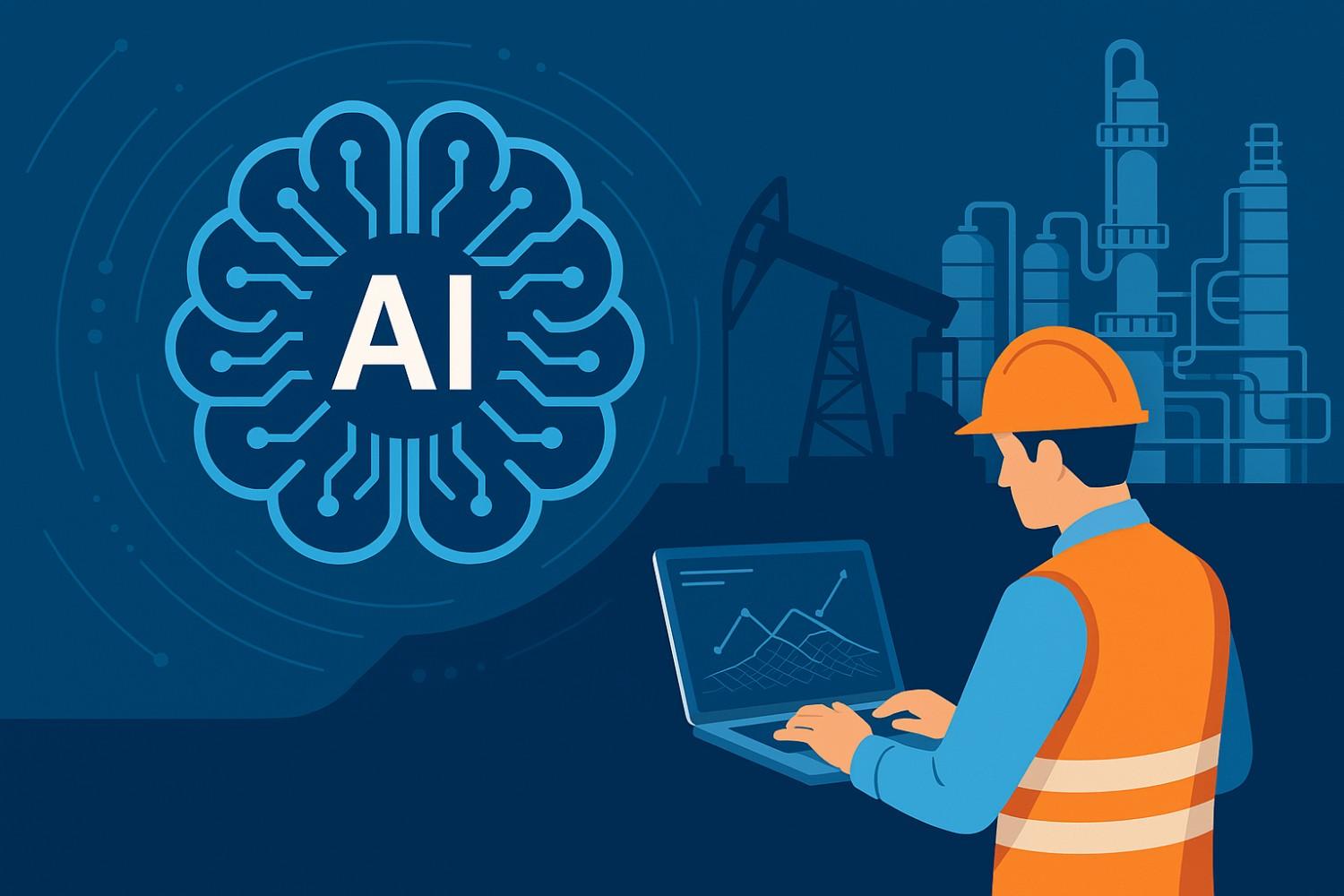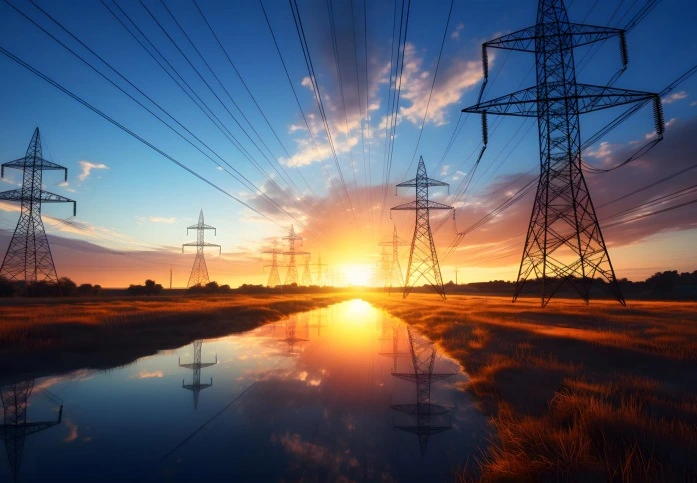Introduction
In an era of geopolitical uncertainty and climate threats, energy security has shifted from a buzzword to a global imperative. The energy landscape is transforming quickly, driven by both crisis and innovation. Digital tools now stand at the forefront, helping nations and businesses build energy resilience against risks—whether from conflict, supply chain disruptions, or extreme weather. In short, digital transformation in energy isn’t just a trend; it’s a lifeline for communities and economies worldwide.
The Digital Energy Ecosystem
This ecosystem spans smart grids, digital twins, AI-driven analytics, IoT sensors, blockchain platforms, and more. According to Ingenero, modern systems now rely on real-time monitoring, predictive analytics, and integrated dashboards that deliver “actionable intelligence” to keep operations safe, efficient, and stable.
These systems power more than oil and gas—utilities, renewables, manufacturing and buildings all benefit. They are the nerve centre of a decentralized, data-driven future energy world.
Strengthening Infrastructure Through Digital Resilience
Robust infrastructure is more than steel and cables; it’s digital resilience. Smart grids monitor energy constantly flows, detecting faults before they spread. Edge–cloud platforms ensure a quick recovery and adaptive response to disruptions.
In energy transition contexts, real-time control is vital. Ingenero highlights smart grids as a key element in balancing load and integrating renewable energy sources. Digital twins simulate and identify weak points before issues arise, offering enhanced energy resilience.
Energy Transition & Diversification with Digital Tech
As society shifts away from fossil fuels, renewable and diversified energy systems must be seamlessly integrated, and that’s where digital technologies shine. To illustrate:
- Rooftop solar PV capacity is expected to soar by 429% by 2035.
- Global electricity demand is expected to nearly double by 2050, with emerging economies driving 80% of the growth until 2030.
- Meanwhile, the ICT sector already consumes 6–12% of global electricity, more than aviation in some estimates.
Handling these vast changes requires smart control systems, forecasting tools, demand-response algorithms, and peer-to-peer market platforms—all underpinned by digital energy solutions.
Ingenero notes that only about 20% of utilities have completed their digital transformation—yet 82% of executives view it as essential. Annual investments of nearly US$600 billion by 2050 suggest the scale of change ahead.
Examples of Digital Innovation Ensuring Energy Security
- Smart Grids & IoT: Sensors across generation, transmission, and distribution lines collect data continuously. That data feeds machine-learning models that detect faults or inefficiencies before they materialize.
- Digital Twins: Virtual replicas of plants, grids, or equipment enable “what-if” analysis. Ingenero’s I-SSPDE platform combines twins with real-time analytics to rapidly flag issues, as reported in Indian Chemical News.
- AI in Energy Management: AI-driven predictive maintenance reduces unplanned downtime by up to 30% while supporting cleaner, safer operations. AI also forecasts energy demand, ensuring that supply meets demand, especially important for systems reliant on intermittent solar or wind energy.
- Blockchain & Digital Markets: Immutable transaction ledgers support trust in peer-to-peer energy exchange and transparent carbon accounting.
- Cyber‑resilient Design: As grids converge digitally, cybersecurity becomes vital. A poll noted that interoperable smart systems could fall prey to cyberattacks if standards aren’t unified. The main cybersecurity challenge is protecting these interconnected systems while ensuring data integrity, privacy, and operational continuity.
Challenges and Considerations
While digital strategies offer great promise, they bring challenges:
- Cybersecurity Risks: Converged systems increase the surface area for threats. Grid operators must proactively address data breaches, ransomware, and system hacks to ensure the integrity of their systems.
- Digital Divide: Countries with weak digital infrastructure risk being left behind in the global energy crisis.
- Environmental Impact : The manufacturing and disposal of digital hardware can offset the environmental benefits if not managed responsibly.
- Skills & Workforce: AI and analytics require skilled personnel. Upskilling is essential for a smooth transition.
- Governance & Ethics: Sensitive energy data includes usage patterns, billing data, and potentially even occupancy habits. Ethical handling is non-negotiable.
Conclusion
Digital tech is now a cornerstone of energy security and resilience. Across sectors, utilities, renewables, buildings, and industry, see how digital energy solutions deliver safer, cleaner, more affordable power. As global demand and renewable deployment surge, these tools become essential.
But success won’t come by technology alone. Cyber defences must match innovation; infrastructure investment must pair with skills; regulators must evolve with tech. Done properly, digital tools ensure we not only survive global energy shocks but thrive amid them.
FAQs
- How can digital technologies enhance energy security?
By providing real-time visibility and predictive insights, they help prevent failures, optimize supply and demand, and reduce vulnerabilities, from grid outages to unplanned shutdowns.
- What role does AI play in energy security?
AI forecasts demand, predicts equipment failures, and balances supply. Ingenero reports up to 30% reductions in downtime with AI-based maintenance, strengthening resilience.
- Can digitalization support renewable energy integration for energy security?
Absolutely. Smart grids, AI, and digital twins help manage intermittent power sources, balance load, and maintain grid stability, even as rooftop solar capacity is forecast to grow 429% by 2035.
- How can we ensure energy security?
A mix of digital tools (smart grids, AI, cybersecurity, decentralized systems), infrastructure investments, workforce training, and robust governance is essential to build a resilient, secure energy future.
- What is the main cybersecurity challenge faced by energy systems?
The chief challenge is defending converged digital physical systems where smart meters, grid sensors, and decentralized assets share data against cyber threats, while maintaining integrity, privacy, and operational continuity.



